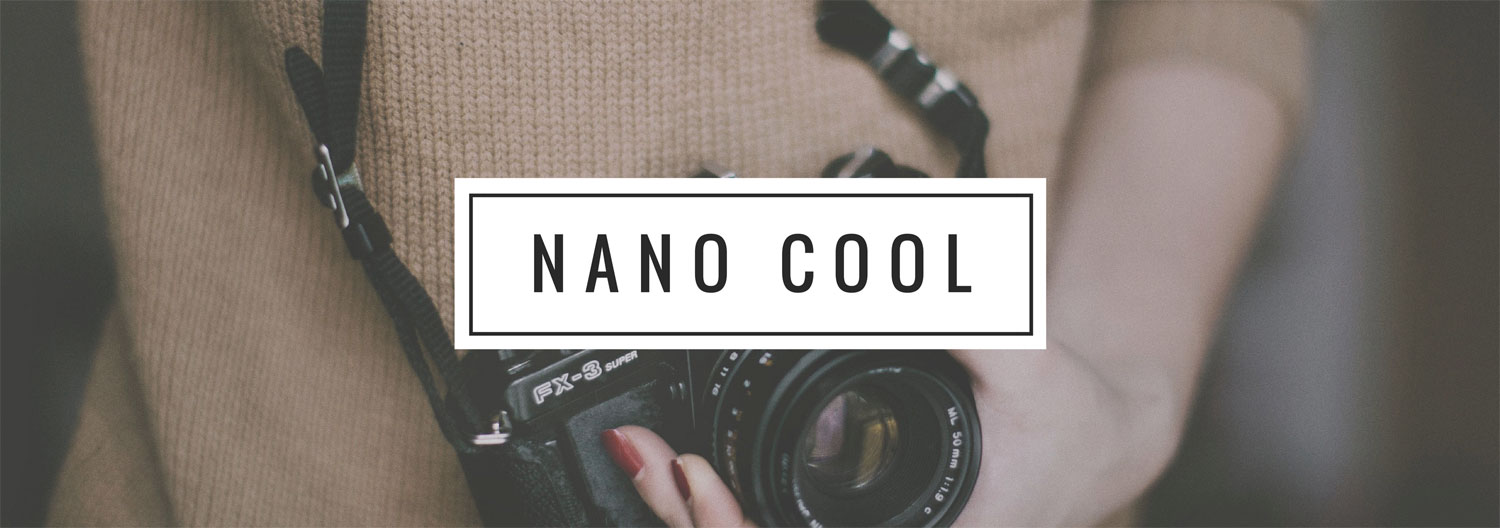You just got your drone and wish you could whip yours around like a pro. There’s no replacement for time in the sky, but a few things will help you bridge that gap sooner and more efficiently. Practice makes perfect but here’s how to do it so you get the most of your drone hobby.

Practice the Essential Maneuvers
You’ll want to get really good at pitching, rolling, and throttling your drone. Practice making it rise, move from side to side, and accelerate forward. These are basic moves, yet once perfected, lead to more intricate and “cooler looking” maneuvers. Those who don’t have a good command of basic moves, just need more practice!
Fly with Others
Find others in your area that love flying drones. You’ll learn more by speaking and watching. Plus, they may introduce you to other flyers and online resources. Don’t remain solitary in your flying enjoyment – the more, the merrier. And, when it comes to flying drones, the more people you know, the more likely it is you’ll get better a lot quicker.
Ease Into the Manual Mode
Manual mode is reserved for those with more experience flying in general as well as those using high-performance drone models. Be hesitant to use manual mode until you have a bit of experience. In manual, you won’t have the added cushion or “training wheels.” Fly at a lower altitude when first using manual mode.
Buy Cheap
You don’t have to spend a lot of money on your first drone. You need something modest that matches your present skill level. Consult online resources to find the best drone under 100 dollars. You can find a great beginner drone for an incredibly low price!
Fly in the Right Conditions
You’ll learn the practical (or the hard way) as to when to take your drone to the sky. It’s suggested to limit flying or staying grounded if the winds are above 15 miles per hour. Additionally, be wary of inclement weather consisting of heavy winds, hail, snow, or rain. You don’t want to make it more difficult to navigate your drone, damage internal parts, or fly into a no drone zone.
Learn to Stop the Throttle
In the event of a crash, you’ll want to quickly cease the blades from rotating. Otherwise, you risk doing further damage to your drone. Propellor guards further help if you crash yet add weight to the aircraft.
Keep Entrepreneurial Pursuits at a Close Distance
Some fly for enjoyment, yet those who have the entrepreneurial spirit can’t deny the financial opportunity. Businesses pay money to those who can take still shots and video footage of related buildings, grounds, employees providing services, etc. Be practical, however, in how long it takes a novice to produce quality video footage at a commercial price. Your first drone, for example, may be the one that allows you to learn the basics. Your second or third model purchase will have more bells and whistles as your skills improve.
